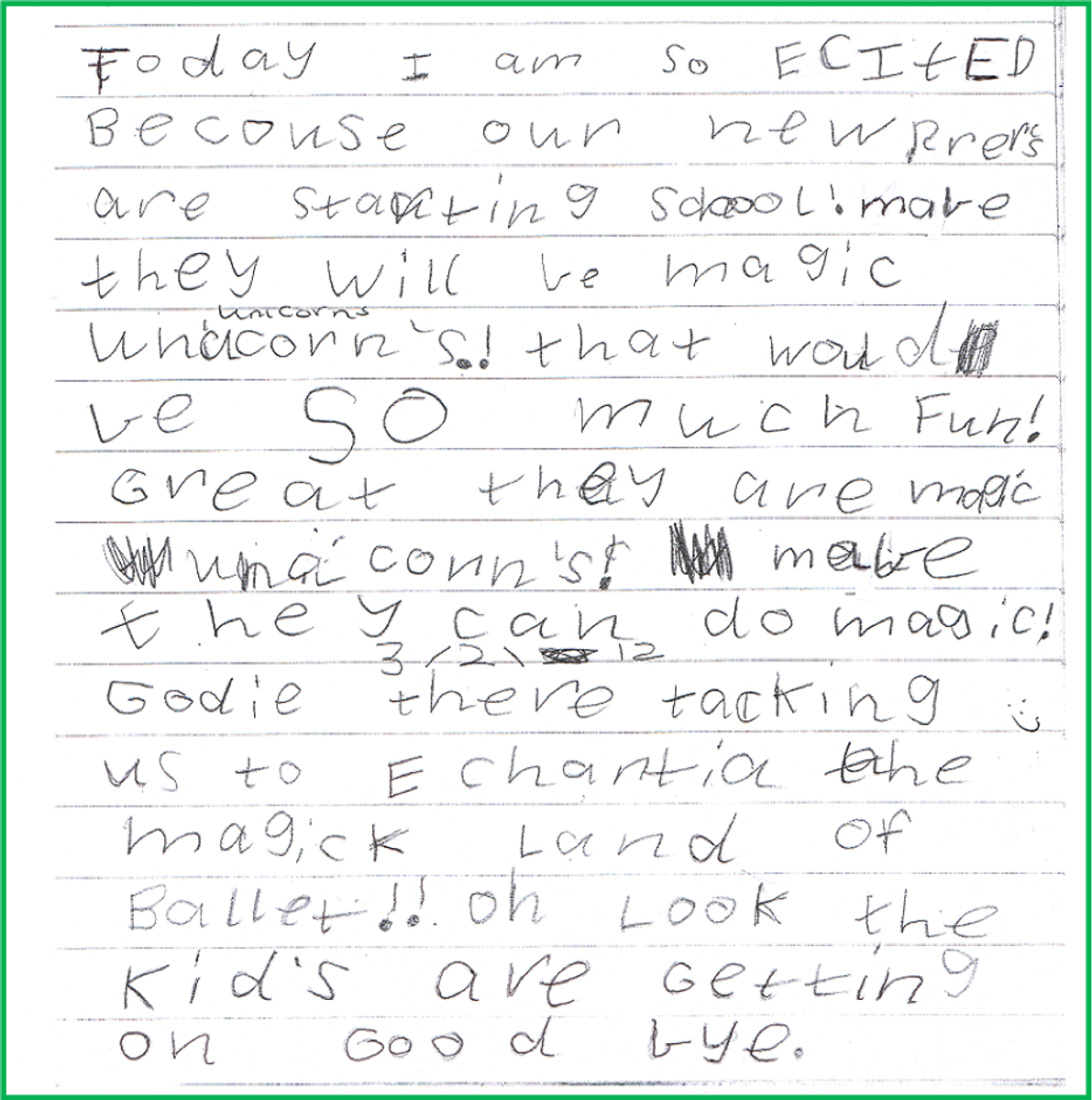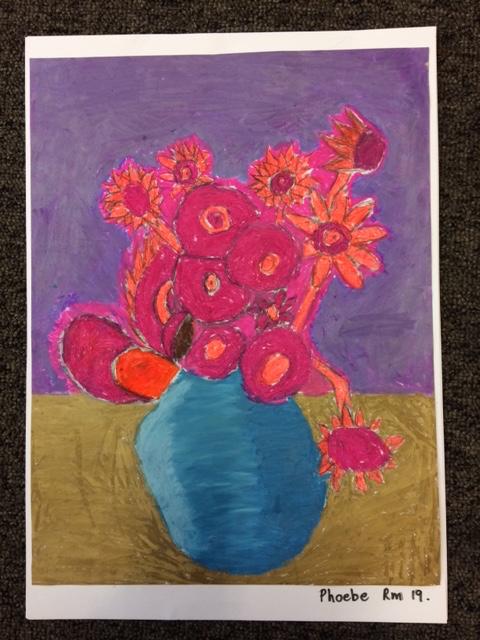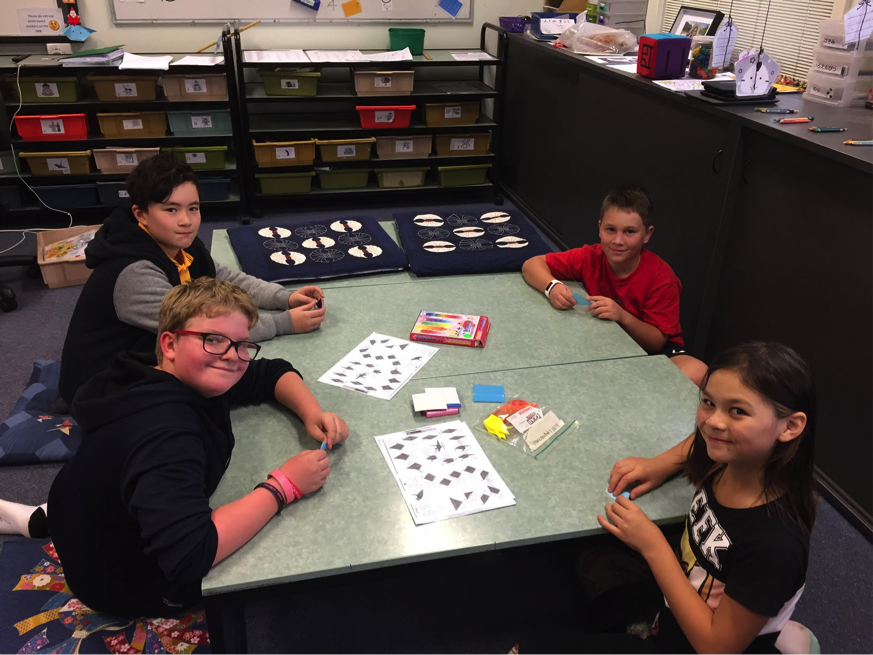
Education News
Student Wellbeing
Recently, all classrooms completed a playground survey to gather information about where students feel safe and supported in the yard and to find out if there are areas that children are not feeling safe. The wellbeing team are compiling the feedback. Classrooms will use the survey to draft new playground responsibilities. We are pleased to report that generally, the students have reported feeling quite safe in the yard whilst being able to identify some areas for improvement.
Soon, classrooms will use the collated document to suggest actions that we (students, staff and parents/ carers) can do in the yard to ensure the safety and wellbeing of all who share it, whilst staff are looking at ways to improve the physical space. Student voice and ownership of our playground responsibilities ensures that they are authentic and of importance to the children of MPW.
We look forward to completing this process with a shared understanding of how we can share the yard before school, during and after school. We look forward to having our new ‘Playground Responsibilities’ document discussed, displayed and available in the coming weeks to ensure that our yard continues to provide positive experiences for all.
English Professional Learning Team
Lorraine Wilson ran two family information sessions this term; one on the developmental stages of writing and another on reading. We had very good turn outs for both of these sessions and the feedback has been positive:
- “Process of writing. Publication supporting this-great idea.”
- “This was very beneficial.”
- “A revelation. Now I will try and stress less.”
- “Really valuable session, thanks.”
- “Great session. Very detailed and informative.”
- “It has given me tools and strategies for improving reading with my kids.”
Included below is some information about writing in the early years from Lorraine.
Young Children Writing by Lorraine Wilson
Parents are often concerned about the way their young children are allowed to write in class rooms today. Many Mums and Dads remember their days at school, and how they had to try to avoid errors of spelling and punctuation.
Today, a child’s errors or a child’s approximation of conventional writing, are seen as a rich resource for revealing just what a child understands about writing, about spelling and other writing conventions, and, what teaching is relevant. Let’s look closely at six year old Kara’s writing, done on the first day of her Grade 1 year.
Kara is part of a K/I class at her local primary school. The Grade 1 children started the new school year , one day before their Kindergarten classmates. All of the Grade 1 children were expected to write something of their own choosing, on that first day. Kara chose to write about her excitement at the prospect of meeting the new Kindergarten children on the following day. Note the second date half way through the piece of writing. Kara happily continued drafting her piece on the following day.
When the children write with a focus on meaning, and without fear of making errors, we, the teachers, get insights into both what the child knows about writing, and what teaching is relevant for that child right now. Let’s look closely at what Kara knows.
What Does Kara Know About Writing?
- Writing expresses meaning.
- Writing can be fantasy.
- Writing does not have to be finished in one go.
- Basic print conventions – directionality, word, letter.
- There are conventional spellings for each word. Kara knows many conventional spellings (eg today, our, new, they, magic, ballet, are, getting,).
- As well as words, writing includes punctuation (eg full stop, exclamation mark)
- Her phonemic awareness is very good. She is hearing every sound in each word: (e.g. ‘Echantia’, ‘unacorn’)
- She uses a sounding out spelling strategy and sometimes visual recall – note, ‘becouse’, using letter ‘o’ for the /o/ sound (sounding out) , recalling having seen a ‘u’ as well (visual recall).
What Might the Teacher teach.
- The piece is clearly not finished, so next writing session, Kara will be encouraged to re-read her first draft, and to continue.
- The need for clarity in a story: refer to the last line. ‘What are they getting on?’
- The use of the full stop and the exclamation mark, ‘Why did Kara use them, Well done!'
Exclamation marks are not generally used for so many consecutive sentences. Did Kara intend for each of these six sentences to be emphatic or highly exciting? She could read the piece aloud, and listen to her voice. Are all the exclamation marks needed? She may well decide that they are. When reading a big book to the class, the teacher might ask a child to find an exclamation mark. The children discuss why it has been used.
- When this piece is finished, expect Kara to proof read for spelling, that is underline three or four errors, and write those words again in full, getting them closer to being correct. Kara will then check these spellings with the teacher.
- Many words in this piece contain the /k/ sound. Encourage Kara to list all these words, and include her name. Can she sort them into different spelling groups?
Does she know any other letter, or letters, which represent the /k/sound. Note her spelling of taking - ‘tacking’.
She might begin a chart of words containing different spellings of the /k/ sound. Other children could be encouraged to help.
Assessing Children’s Writing
From the students’ independent writing, the teacher sees both what the child knows, and what needs to be taught. This is what is called authentic assessment. It is assessment to inform teaching. It is assessment which is relevant for different children with their different needs, in each and every classroom.
These documents will be made available on our website.
Creative Arts - Being an Art Critic
My visit to the Vincent Van Gogh exhibition By Phoebe – room 19
Some highlights of the exhibition were - how much his art changed throughout his life and his life story which amazed me.
Vincent had so much drama and issues in his life. He lived away from his family and wrote many letters to the closest members of the family – in particular his brother Theo.
He channelled his emotions into his art. This exhibition focussed on the seasons of the year. Vincent used a different colour palette for each season. My favourite season was summer as it was bright and colourful.
I think when he moved to France it opened up his ideas and new inspiration for his painting. His brother had a big influence on him and Theo convinced him to use brighter colours.
Vincent loved Japanese prints and her tried a few of his own. I love the way he used swirls, never using many straight lines. In one of the quotes that was beside one of his paintings, it said “sometimes I like to paint with my eyes closed letting the brush move where it wanted.”
This enchanted me and surprised me. It left me thinking I wonder how you do that?
I highly recommend the exhibition.
I hope my art can live up to Van Gogh.
Japan Tour Update
As our Japan Tour is getting closer, we are preparing ourselves in different ways. Students are practising common phrases, questions and answers they might use in Japan through the Japan Blog. Some have practised packing their very small bags and all are working on our budget for expenses when we are there. They are also making a thousand origami cranes (せんばづる千羽鶴) to take to the Peace Park in Hiroshima.
If anybody would like to contribute to the origami crane making, you are welcome to come to the Japanese room to make them with Cindy or Diana.
Australian Mathematics Competition - reminder
Students from Grade 3 to 6 who have a 'love of Mathematics' have the opportunity to participate in the Australian Mathematics Competition.
Further to last weeks newsletter we are pleased to confirm the competition will be held at MPW on Friday 28th July.
There is a cost of $6 per child to enter the competition and entry forms will be available at the front office. Closing date is the 5th June.
If you have any questions you can gain information from the website 'Australian Mathematics Competition' http://www.amt.edu.au/mathematics/amc/ or speak to Vicki McCormack in Room 4.
Australian Mathematics Competition | AMT Australian Mathematics CompetitionOne of the world’s largest school-based mathematics competitions with more than 14 million entries since 1978.
About the Australian Mathematics Competition
The Australian Mathematics Competition (AMC) was introduced in Australia in 1978 as the first Australia-wide mathematics competition for students. It has become the largest single event on the Australian education calendar, allowing students to attempt the same tasks on the same day in over 30 countries around the globe.
Running since 1978, the AMC is for students of all standards. Students are asked to solve 30 problems in 60 minutes (Years 3–6) or 75 minutes (Years 7–12). The problems are designed to test mathematical thinking rather than focus on calculations themselves, thus such questions are designed so that they can be answered just as quickly without a calculator as with one. The problems get more difficult through the competition, so that at the end they are challenging to the most gifted students. Students of all standards will make progress through the problems, and also be challenged along the way.
The AMC is available both in hard copy and online format, with no difference in the questions or time requirements.
For additional entry information and special circumstances » Go to Entering the AMC
>> AMC Results
Visually impaired and distance students
We would like the AMC to be available to all students who wish to participate. We have special arrangements for visually impaired students and distance education organisations. Home schooled students or students whose school chooses not to participate are free to make arrangements to sit under the supervision of another school.
The AMC may be held on a different date by special arrangement in some countries.



